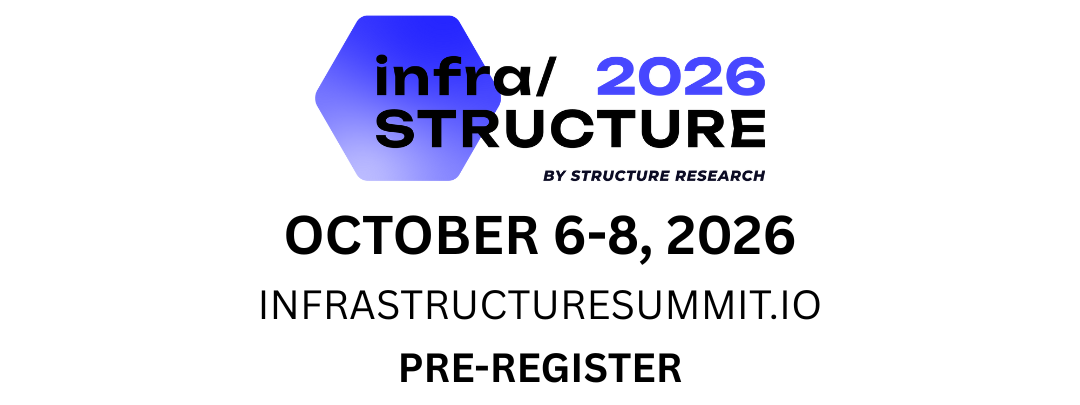WSS: Early returns from earnings seasons provide data points about sector’s trajectory, quelling fears of sector overbuild
Earnings season is now in full swing and the past week saw hyperscale (AWS, Microsoft, Meta) and bellwether data centre operators (Equinix, Digital Realty) with their quarterly earnings reports. The results were encouraging for a sector that has been the target of a bearish turn in sentiment from pockets of the investor community as DeepSeek, hyperscale pullbacks and global trade issues have combined to raise questions about the viability of the sector’s demand profile. The earnings reports we have seen so far should largely dispel those ideas. Revenue growth was steady and consistent, with some of the hyperscalers seeing an uptick in growth rates. Meanwhile, CapEx remained on track and a number of hyperscalers reiterated their CapEx commitments in the wake of investor concerns.
An interesting takeaway coming out of the hyperscale earnings was the growth seen on the enterprise side. AI is grabbing all the headlines, and to be sure, is a core driver of cloud infrastructure growth. Organizations are adopting AI services and running them on top of their cloud infrastructure deployments. And that is the point that sometimes get missed amid the hype and excitement over AI and the large-scale infrastructure required to support the deployment of training models. Cloud infrastructure is the delivery vehicle for AI, so to take advantage of AI, organizations need to be running in the cloud. Both AWS and Microsoft saw enterprises driving growth in traditional cloud infrastructure and this seems to be motivated by organizations looking at AI and realizing they have to be there to make use of it. AI is not just a value-add service for cloud, it is an impetus for adoption of raw cloud infrastructure. Both things are happening at the same time and are making sure that demand stays on a healthy level and with upside left to tap into.
Another takeaway coming out of earnings season that speaks to the healthy demand trajectory is the ongoing imbalance between supply and demand. This was a theme on all the hyperscale earnings calls and is another data point supporting the argument against the sector being oversupplied. CapEx outlays remain on course and, as mentioned above, there were no changes in CapEx guidance. AWS, for example, expects CapEx to climb in the second half of the year, while Microsoft expects the supply and demand imbalance will not correct until later this year at the earliest.
When it comes to evaluating demand and projecting the overall growth trajectory of the market, new company formation is a solid indicator and activity continues to be steady. Stonepeak is an aggressive investor in data centre and digital infrastructure assets and is backing a new operating platform called Montera Infrastructure that is targeting hyperscale opportunities. New platforms like CleanArc Data Centers, also continue to be get support and it brought on another new investor in the past week.
Strategic activity continues to be driven by the need to be more focused and specialized as the market separates into more narrowly defined categories. To that end, Apollo has acquired the data centre colocation assets in Europe formerly operated by STACK Infrastructure. STACK’s EMEA operations are going to focus on hyperscale data centres and the assets it sold will be taken over by a new operating platform, backed by Apollo.
In the APAC region, Japan continues to be a healthy and growing market. In the past week, Princeton Digital Group brought online its TY1 data centre in Saitama, while ESR and STACK Infrastructure partnered on a new build in the Osaka market.
Finally, there were various developments coming out of the cloud and managed infrastructure ecosystem. DoIT shared some data points suggesting that growth has been pushing forward in managed public cloud services, while DigitalOcean and Akamai released new products and services. NVIDIA continues to roll out the new GPUs built on the Blackwell architecture and they have recently gone live on both CoreWeave and Oracle Cloud‘s cloud infrastructure platforms. Hyperscalers and other cloud infrastructure providers are the delivery vehicle go-to-market channel for NVIDIA and with deliveries of GPUs being made, this should represent another addition to the overall demand profile of the sector.
or



